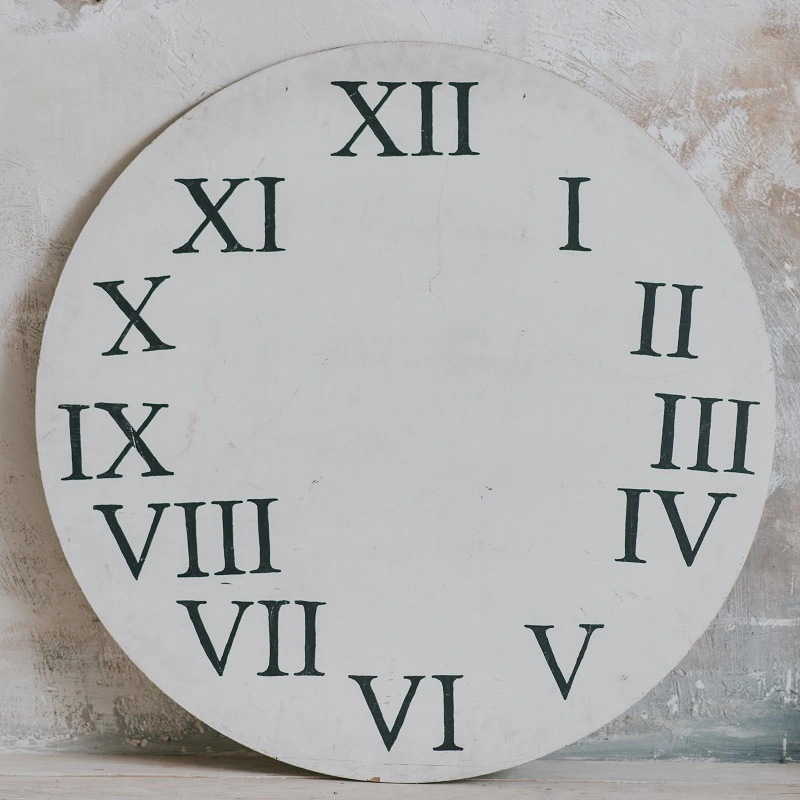
Application of Roman Numeral Converter in Food Technology
Roman numerals have been in use for over two thousand years and can be found in various fields, including food technology. Roman numerals are still used today in the food industry for various purposes, such as recipe ingredients, recipe measurements, food production, menu planning, food history, food safety, food marketing, food labeling, culinary education, and food photography. In this article, we will discuss the application of the Roman numeral converter in food technology. A Roman numeral converter by romannumeralsconverter.net can be useful in food technology when dealing with recipe measurements or food labeling that use Roman numerals. It can help convert Roman numeral quantities to modern numerical values, making it easier to accurately measure and scale ingredients.
Using Roman Numerals for Recipe Ingredients
One application of Roman numeral converter in food technology is the use of Roman numerals for recipe ingredients. Roman numerals are commonly used to indicate the quantity of an ingredient in a recipe. The use of Roman numerals for recipe ingredients has many advantages, such as preventing confusion between the quantity and the unit of measurement. For example, instead of writing “two” for the quantity of a particular ingredient, a recipe may use the Roman numeral “II.” This makes it clear that the quantity is two and not two units of measurement.
Examples of recipes where Roman numerals are used for ingredients include classic French recipes such as Coq au Vin and Beef Bourguignon, which use Roman numerals to indicate the quantity of wine used in the recipe.
Roman Numerals in Recipe Measurements
Another application of Roman numeral converter in food technology is the use of Roman numerals in recipe measurements. Roman numerals are used to indicate the size or quantity of a particular ingredient in a recipe. For example, a recipe may call for “III oz” of flour, where the Roman numeral “III” indicates three ounces of flour. Roman numerals are also used to indicate fractions in recipes, such as 1/2, 1/4, and 3/4.
Examples:
Recipes that use Roman numerals for measurements include Italian recipes such as Pasta e Fagioli and Tiramisu, which use Roman numerals to indicate the quantity of espresso used in the recipe.
Roman Numerals in Food Production
Roman numerals are also used in food production. Roman numerals are used to identify and label food products during production, especially in cases where the products are similar but have different expiration dates or production dates. For example, a food manufacturer may use Roman numerals to label different batches of a product to avoid confusion during production and distribution.
Examples of food products that use Roman numerals for identification include canned goods and frozen foods, where the Roman numerals indicate the production date or expiration date of the product.
Roman Numerals in Menu Planning
Roman numerals are also used in menu planning. Roman numerals are used to label menu items, especially in fine dining establishments where traditional or classic dishes are served.
For Example:
A restaurant may use Roman numerals to label dishes such as “Beef Wellington IV” or “Lobster Bisque III.”
Examples of menus that use Roman numerals for menu items include French and Italian cuisine menus, where traditional dishes are labeled with Roman numerals.
Roman Numerals in Food History
Roman numerals are also used in documenting food history. Roman numerals are used to indicate dates, years, and centuries in historical documents, especially in cases where the documents are handwritten. For example, a recipe book from the 18th century may use Roman numerals to indicate the year the recipe was created.
Examples of food history documents where Roman numerals are used include cookbooks, culinary encyclopedias, and food history books.
Roman Numerals in Food Safety
Roman numerals are also used in food safety. Roman numerals are used to label food safety protocols and procedures, especially in cases where there are multiple procedures that need to be followed. For example, a food safety protocol may use Roman numerals to label different.